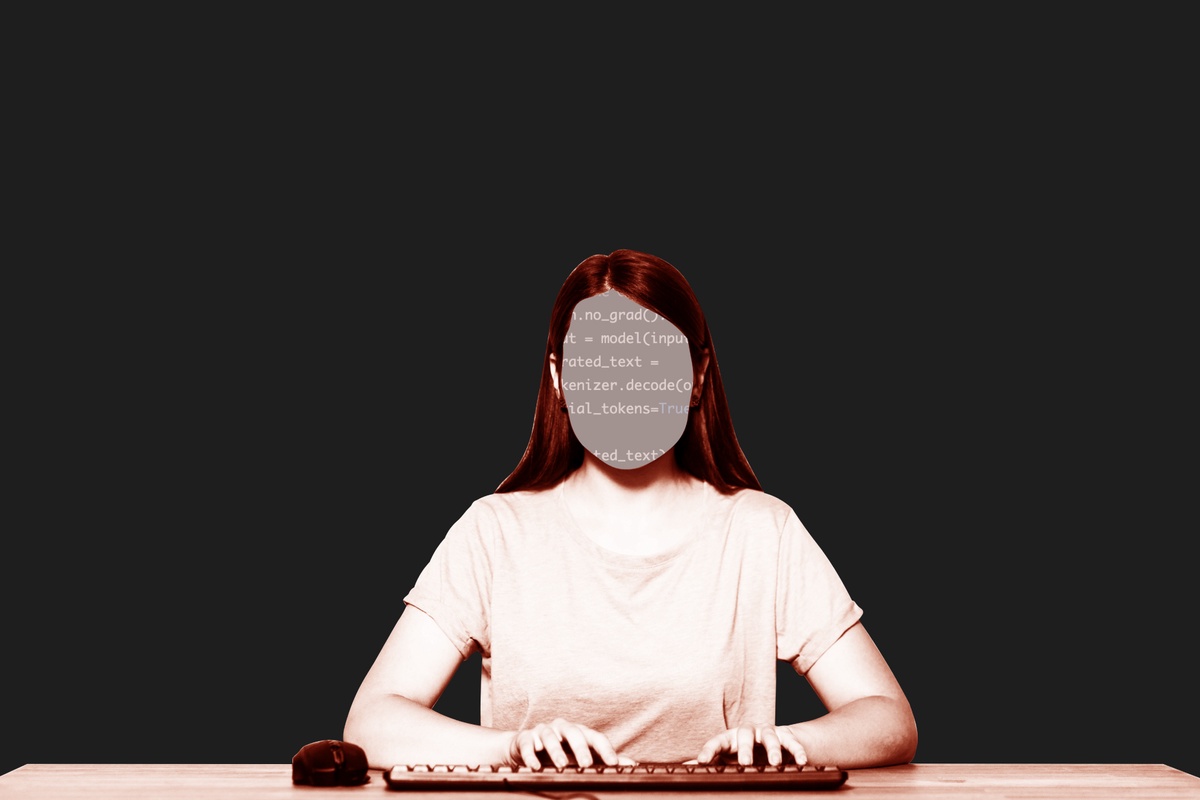Since its inception in 1989, the internet has revolutionized the way we communicate and share information. However, there is a growing concern that the internet is being overrun by bots, leading to the death of genuine human interaction. This theory, known as the Dead Internet Theory, suggests that most online activity is now generated by bots rather than real people. In this blog, we will explore the validity of this theory, the rise of AI bots, and the potential consequences for the future of the internet.
The Rise of AI Bots:
The Dead Internet Theory posits that AI-generated content is increasingly manipulating users' thoughts and feelings, controlling populations, and creating fake consumers. While this may sound plausible, the theory's claim that a small group of people controls the internet seems far-fetched. However, the proportion of bots on the internet is indeed increasing, with harmful bots making up 27.7% of internet users in 2021. This rise in bot activity can be attributed to profit motives and occasional foreign interference rather than a grand conspiracy.
The Influence of AI:
The theory also suggests that AI is infiltrating social media and influencer culture. While this may have seemed far-fetched in 2021, it is now possible to create AI-generated influencers with convincing profiles and content. The rise of AI influencers raises ethical questions about authenticity and the potential for AI to replace human influencers entirely. Additionally, social media platforms have already experienced a significant number of fake accounts, with Facebook shutting down 5.4 billion fake accounts in 2019.
The Blurring Line Between Human and AI-Generated Content:
As AI technology advances, the line between human-produced and AI-generated content is becoming increasingly blurred. AI language models, such as ChatGPT, have become so sophisticated that they can pass the Turing test, making it difficult to distinguish between human and AI-generated conversations. This blurring of lines poses challenges for identifying fake traffic, distorting analytics, and potentially leading to a post-truth world.
Combating the Rise of AI Bots:
While the Dead Internet Theory paints a bleak picture, there is hope for combating the influx of AI-generated content. Many companies are developing AI detection tools to identify and filter out AI-generated text, images, and videos. Google and Microsoft are at the forefront of this effort, working on their own versions of AI detection tools. Additionally, media literacy, critical thinking skills, and technological literacy will play crucial roles in navigating the evolving landscape of AI-generated content.
Conclusion:
While the Dead Internet Theory may have initially seemed far-fetched, the increasing prevalence of AI bots and AI-generated content raises valid concerns about the future of the Internet. However, efforts are underway to combat this issue, with AI detection tools and educational initiatives aimed at promoting media literacy and critical thinking. By staying vigilant and adapting to the changing landscape, we can ensure that the internet remains a vibrant and authentic space for human interaction and creativity.


No comments yet